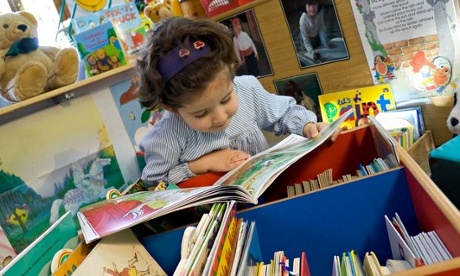This is the biggest public building project undertaken in the DLR area for over a hundred years. The library, with its children’s reading and art rooms, meeting areas, café and a small theatre, all housed in one huge wedge shaped building, is perched on an extraordinary site.
I’m just a simple art historian- not an architectural critic at all- happy enough speaking about historic architecture from the medieval period up to about the 1950s, but badly out of my depth on contemporary architecture. So I won’t try. Far better anyway to let this amazing new building speak for itself. Whatever about external consideration, this new library triumphs as a piece of architectural design.
Savour, and behold, the new DRL lexicon public library…
Along with smaller more intimate reading, study and meeting spaces, in many parts of this building is a great sense of scale and of spectacle.
the entire landscape around the library has been reshaped and re-landscaped. The hope is that this will provide a new route through the town and towards the seaside and the adjoining park.
Senior architect for DLR, Bob Hannan, shows visitors around today.
Obviously in public buildings, durability of materials is a key concern. It’s early days, but aesthetically at least the mix of warm timbers and concrete is highly successful.
I loved the see-through views and the reveals of different angles and views.
In such a favoured location, framing the amazing views around the town and the coast was naturally a priority, while at the same time keeping enough space for the many thousands of books and for reading spaces. Again, the architects seem to have got the balance right. Here, below, looking SE, towards Sandycove and the iconic 40 Foot
Regular readers of this blog will already know of a general enthusiasm for maps. No surprise then, even in a building full of wonderful details and materials, this map in poured, molded concrete, of DL harbo,r was a special pleasure today.
Above; a deeply, deeply unsuccessful attempt to use the panorama view on a smartphone, to capture the real panorama around DL harbour and some of the library itself.
Below: the library also houses within its huge interior, a small theatre, with retractable, flexible seating (above, left) for 80-90 people.
Below: there are also exhibition spaces. Below, art by Wendy Judge, and below that, by Gary Coyle.
Above, notes books, from artist Gary Coyle, documenting is daily swims in the nearby 40 Foot.
Below: this house below will be converted into craft studios and craft exhibition and retail space. The house also has a symbolic importance. It is fro this building that Marconi sent his first telegraph signals.
Below, the cafe, looking out onto the same lawn.
Well done to the design team at DRL and well done OHD for coordinating such amazing events together again this year.











